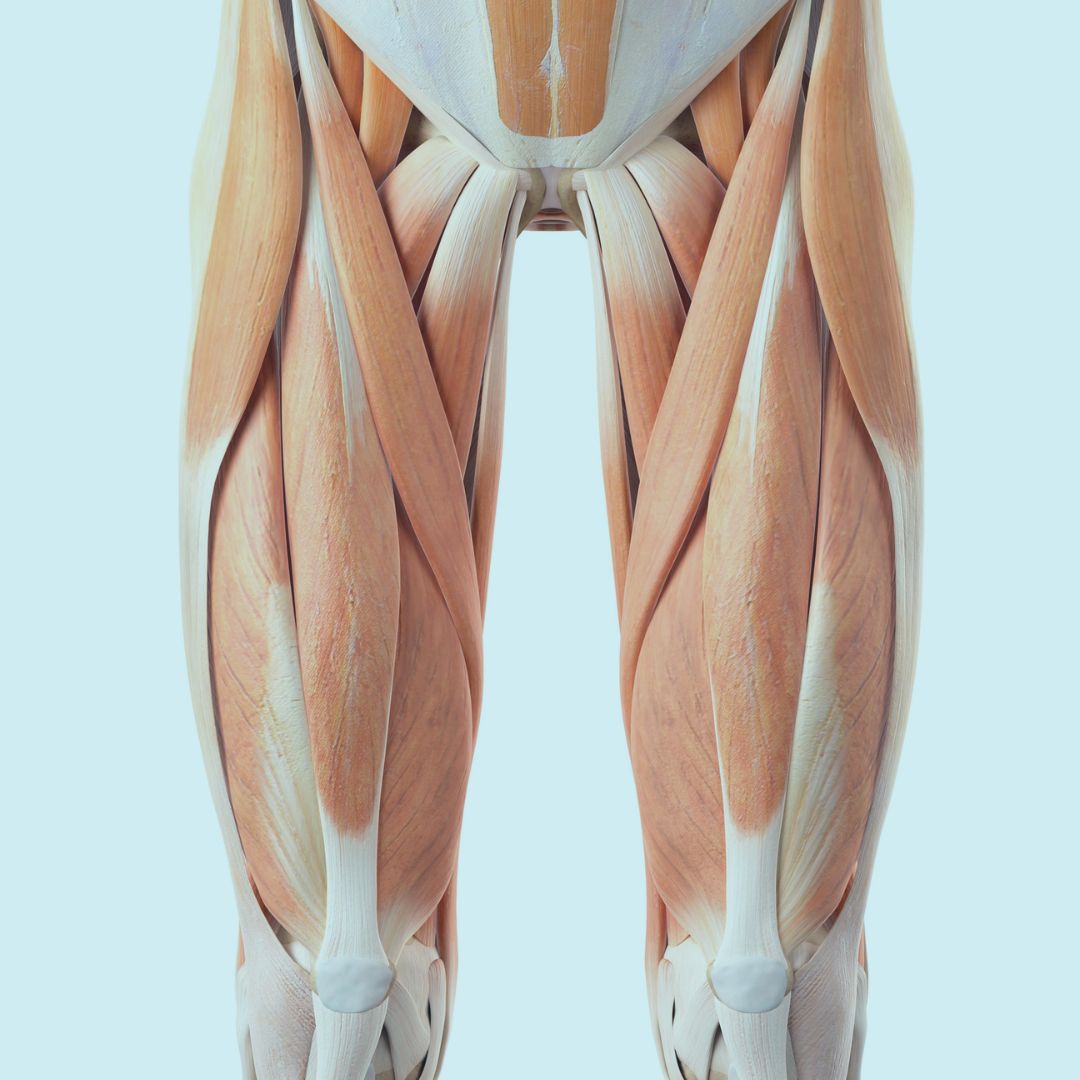Upper Leg pain or inflammation? Common Injuries in runners and how to treat them
Part of the reason the upper legs are susceptible to injury is our modern lifestyle. For example, the vast majority of us spend far too many hours in the day sitting down. This can cause the hamstrings to become unnaturally shortened and tight.
Anatomy of the upper legs
Our thigh bone (the femur) is the longest and strongest bone in the body. In between the hip and the knee, you have 3 hamstring muscles (back of the thigh), 4 quadricep muscles (front of the thigh) and 5 adductor muscles in the inner thigh. In addition, there is a long fascial band that runs down the outside of the leg colloquially called the IT Band (Iliotibial band).
Common running injuries of the upper leg
1.Hamstring Strain (“Pulled” Hamstring)
Symptoms: You will usually notice a sudden and sharp pain in the back of your leg. You might also hear a ‘popping’ noise, or notice a tearing sensation. It will soon feel weaker and hard to walk on and may start to swell within the first few hours.
Causes: In long distant runners, hamstring strains are usually due to repeated micro-tears that have developed scar tissue over time. This can cause the muscle to become shortened and stiff. Decelerating from a fast pace too quickly can also cause issues. Also, If the ham string muscles are weak due to an imbalance between them and the quadriceps, they’ll be less able to deal with the demands required.
Prevention: Strength training that works the glutes can actually also help to protect the hamstrings. Controlled jump squats and lunges are both useful exercises. And of course, stretch!
Treatment: As always, rest the injury initially. Icing is important in the early stages to help bring down any swelling. After that you’ll need to do plenty of stretching. But it is better to stretch an injured hamstring in a lying position rather than reaching to touch your toes.
2.IT Band Syndrome
Symptoms: Pain and inflammation on the outside of the knee (i.e not necessarily the IT Band itself!). Pain walking downstairs. Discomfort heightened when running. Inability to straighten the knee. Pain on bending and extending the knee.
Causes: The main culprits are worn running shoes, running on uneven surfaces or poor running gait. Poor flexibility of muscle, and other mechanical imbalances in the body, especially involving the low back, pelvis, hips, knees and weak gluteal muscles.
Prevention: Use a foam roller to help ease out the IT band. Avoid running on uneven surfaces. Keep the knee covered and warm. Stretch out IT band after long runs.
Treatment: Rest and ice to bring down inflammation, followed by regular deep tissue massage. Move onto strengthening exercises before resuming running. Occasionally, a corticosteroid injection can help, although the injection won’t cure the injury. But it may reduce the pain and enable you to move on to the next phase.
A final word
If you are dealing with leg pain, our osteos, sports therapists and physio can help! Here you can find more info about how to stretch to avoid upper leg pain and injuries.
We hope this information is useful for you. If you need advice or have any questions about our treatments, please contact us. You can find us in Mill Hill Broadway and Islington. We are always happy to help. If you like this blog, please share!



